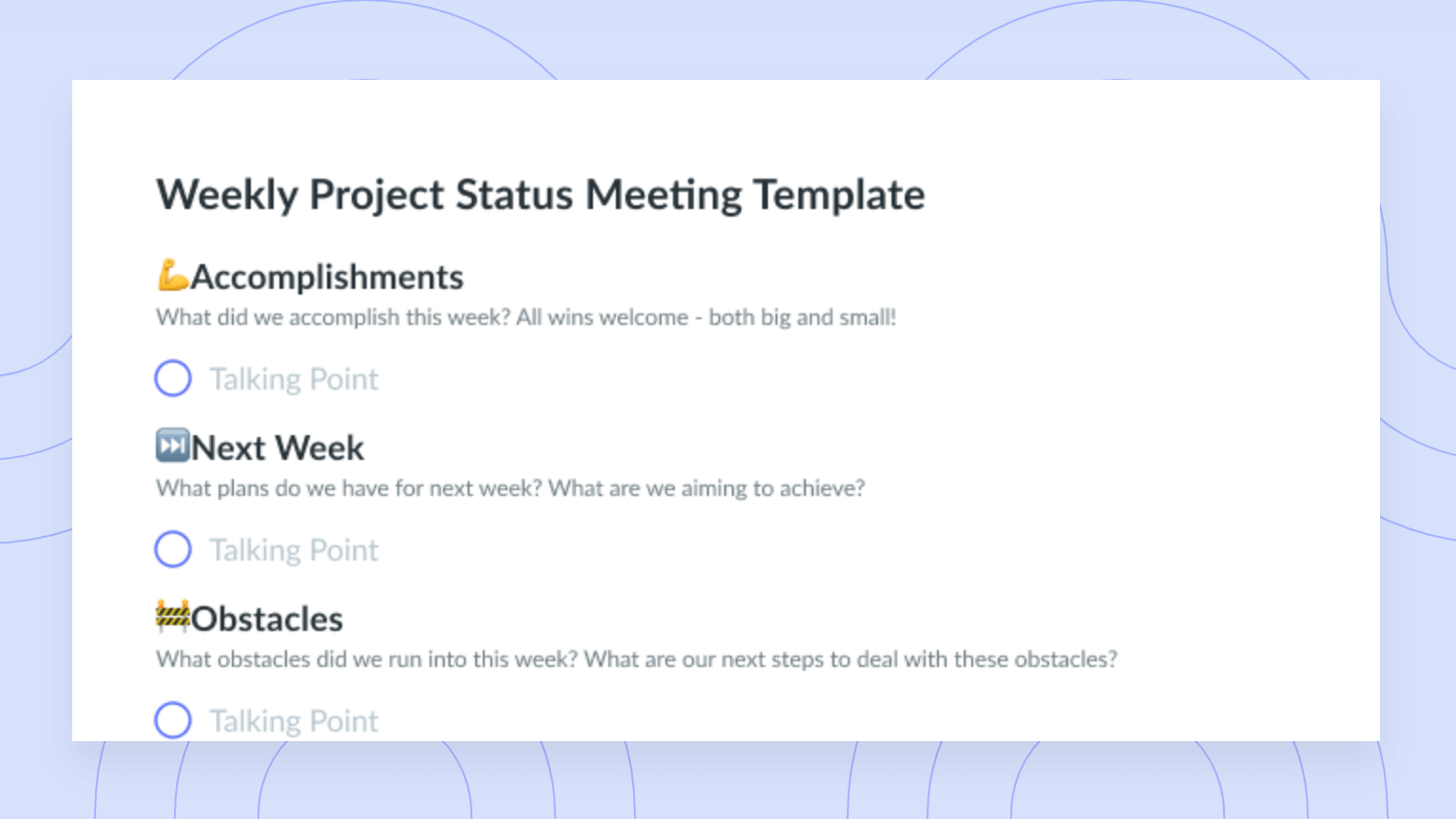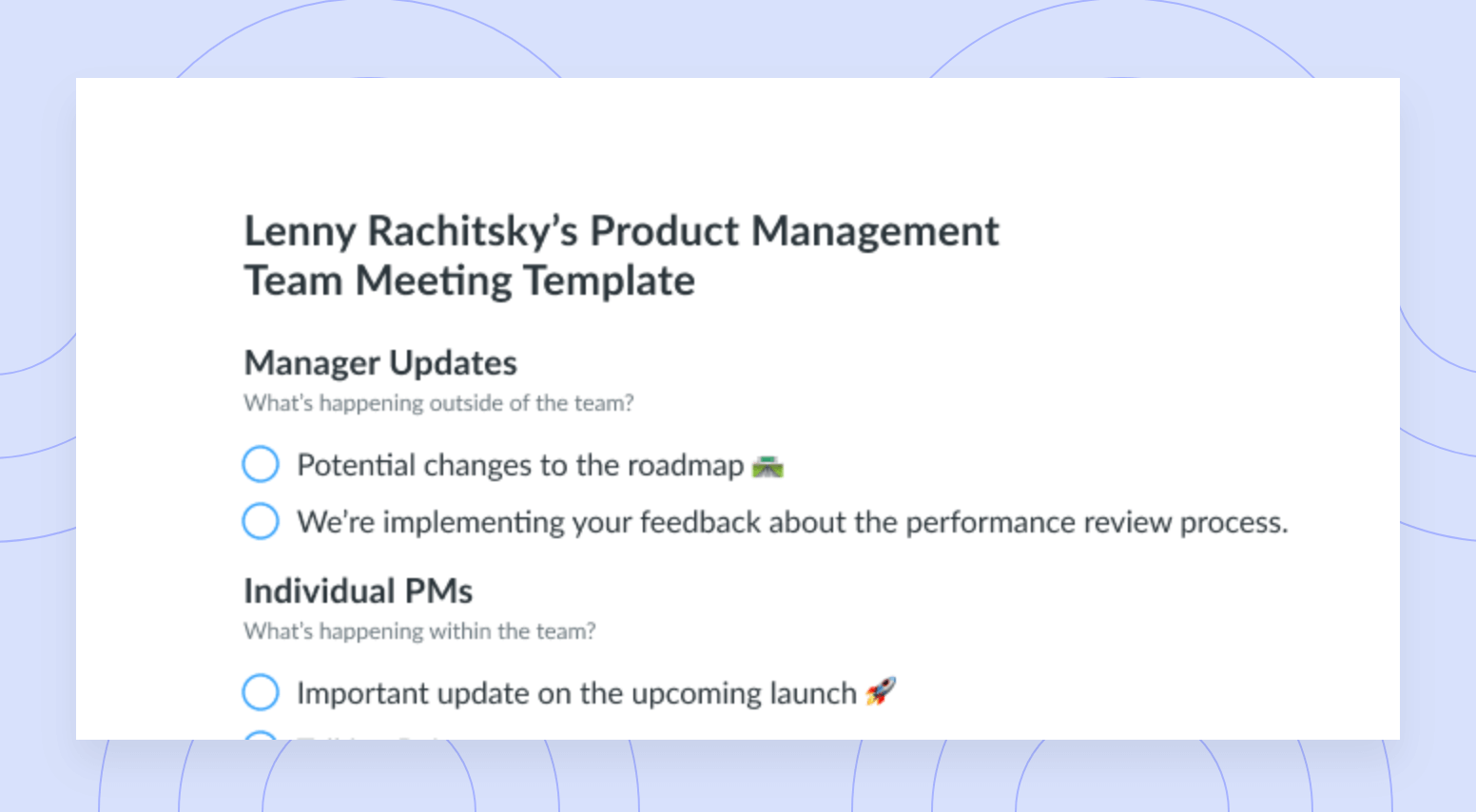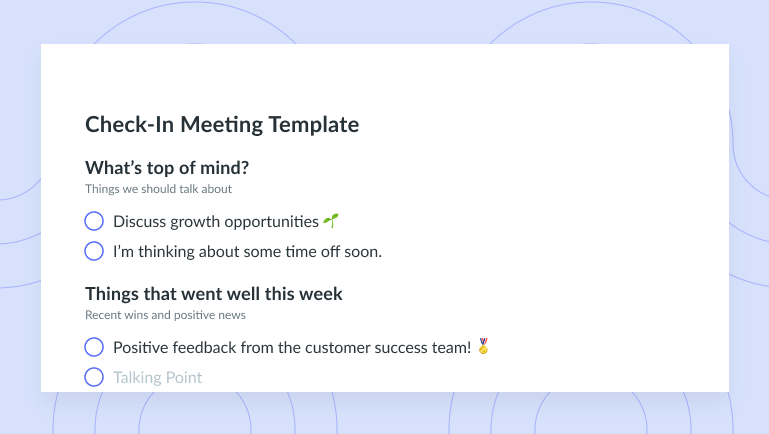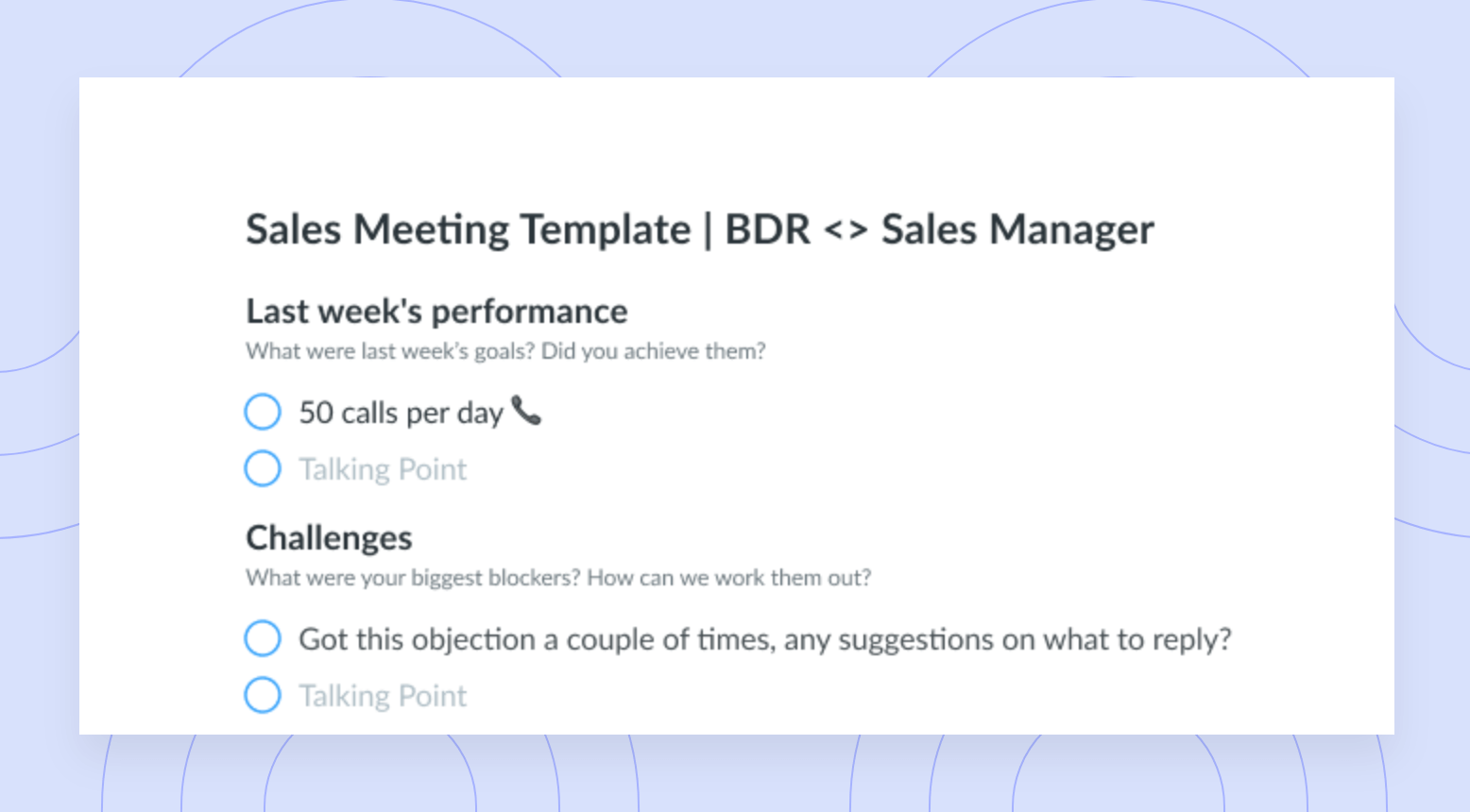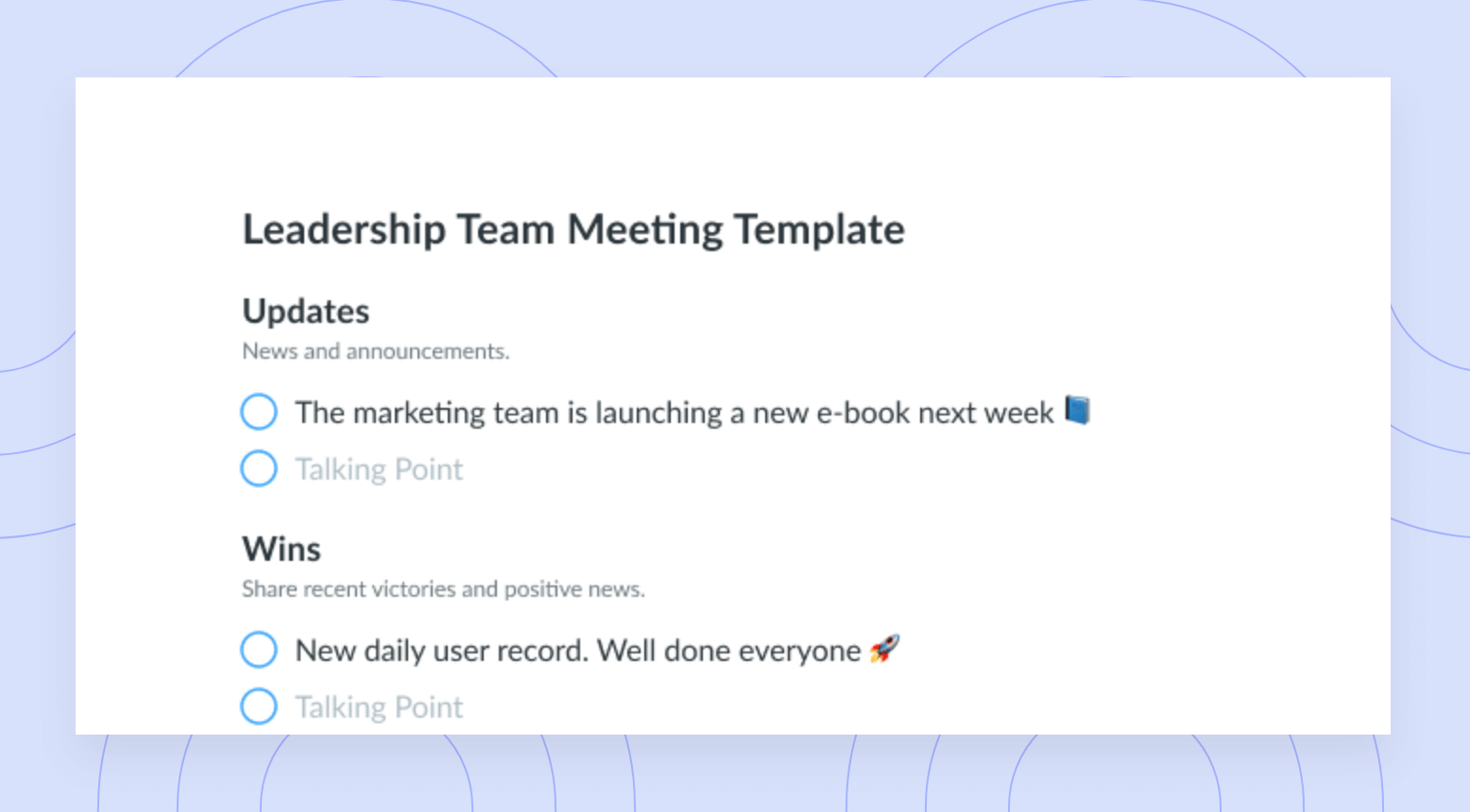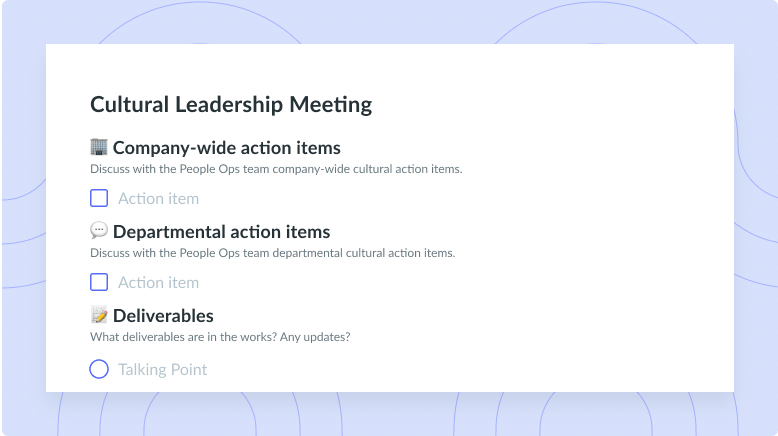Post Mortem Meeting: How To Have the Best Project Retrospective
Post mortem meetings are here to help you and your team review and learn from completed projects.
In project management, it’s really important to consider how the project went after it’s been completed. You and your team can learn a lot from going through the decisions that were made and the way in which the project was approached so that you can execute future projects even more effectively. A project post mortem meeting is going to improve your workflows, encourage team collaboration and teamwork so that you can gain honest feedback and find success.
This article is going to cover post mortem meetings from start to finish, from what a post mortem meeting is, the benefits of running a post mortem meeting, how to prepare, how to write a meeting agenda, as well as some ground rules. Keep reading to understand the entire post mortem process, where we will address all of your post mortem questions.
- What is a post mortem meeting?
- Benefits of Post Mortem Meetings
- How to prepare for a post mortem meeting
- Ground Rules for Post Mortem Meetings
What is a post mortem meeting?
A post mortem meeting takes place after a project has been completed. The goal of this type of meeting is to look at the project from inception until its completion and identify what went well and what can be improved in each part of the project. Running a post mortem meeting means that by the end of the meeting, you and your team members should have identified the areas for improvement and the areas of opportunity for you and your team to keep learning, growing and tackling your projects even more effectively than last time.

Pro tip
Use a meeting management tool like Fellow to take organized and collaborative notes during your post mortem meeting.
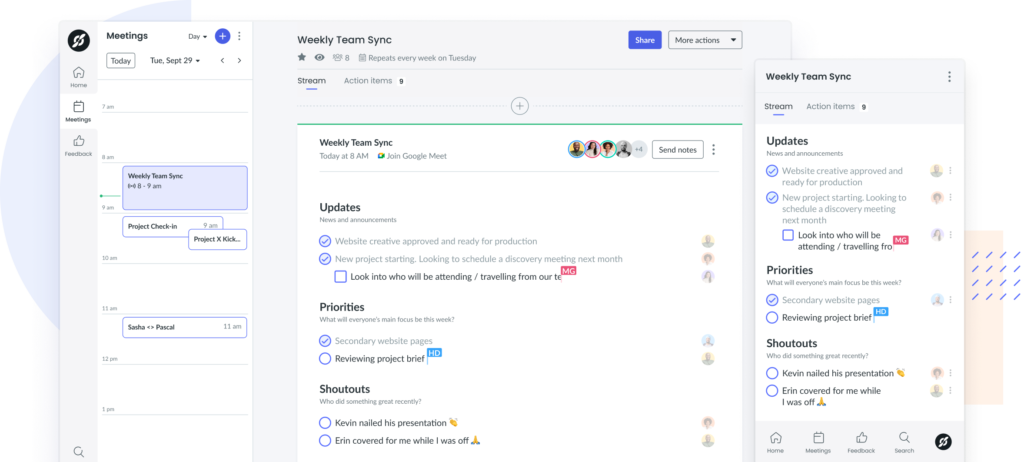
Benefits of Post Mortem Meetings
Gain efficiency
One benefit of running a post mortem meeting is that you and your team can learn how to work on your projects more efficiently. Reviewing your project after its completion is going to give you the ability to identify areas for improvement so that you can continue to modify your approach in project management to be as effective and ultimately, as successful as possible.
Learn from mistakes
The retrospection and collaboration that is encouraged by conducting a post mortem meeting is going to help you identify what went wrong so that you can ensure that these mistakes aren’t repeated in subsequent projects.
Share information
Another benefit from holding post mortem meetings is that you can track the progress of your projects and share more insights with your team members. Sharing your post mortem meeting outcomes with your team is going to help the entire organization better understand why the project went well, or perhaps why it didn’t quite go as planned. When you share honest feedback with your team, you build trust and improve organizational communication.
How to prepare for a post mortem meeting
1 Send out a post mortem survey
In order to gain an idea of what your team members will want to go over or what kind of feedback they have pre-meeting, you can send out a post mortem questionnaire. This way, you can gather your teams talking points. The key to sending out a post mortem survey is to keep it short enough that your team will feel engaged while completing it and not as if it’s another responsibility.
2 Choose a moderator
You ensure neutrality when you bring in a moderator. Your moderator should be someone who hasn’t had any kind of involvement in the project so that they can give unbiased opinions and insights on the project. It’s very difficult to remain neutral when you’re directly involved with the project at hand. This is going to keep your meeting on track so that you and your team can work productively and effectively.
3 Ask everyone to add talking points in advance
When you ask your team to write out their talking points in advance, you can begin to get a sense of what your post mortem meeting agenda is going to look like. Make sure that your talking points include what went well during the project (so that you can repeat it in the future), what went wrong (so that you can avoid it in the future), and what you and your team can do differently next time.
How to write a post mortem meeting agenda
1 Overview
Open your post mortem meeting by covering the ground rules with your team. Stress that this is a constructive discussion meant to improve future projects and that it’s a safe space where everyone should feel comfortable to discuss their insights and opinions on the recently finished project. Your overview should cover what the main goal of the project was, the project process and the results.
2 Project Outcomes
Next, you should discuss the project outcomes, which is a complete synopsis of the project. Talk to your team members about if the initial expectations were met. If they weren’t met, why not? Brainstorm some ways that you can overcome these obstacles in the future. Whether the project outcomes were positive or not quite on target, there’s always a lesson to be learned so that you can approach the next project feeling more prepared.
3 Wins
Celebrate the wins, no matter how small they are. Something positive always comes out of each project so make sure that you highlight this with your team. Think about what worked for you and your team and make sure that you take note of it for your next project. It’s really important to celebrate your wins because this is going to help motivate and encourage your team to continue working hard to achieve their personal goals as well as the organizational goals of the company.
4 Challenges and roadblocks
It’s equally as important to also discuss the challenges that you and your team faced during the project. Think about what didn’t work, why it didn’t work and how you may be able to avoid this in future projects. It’s especially important to get your team’s input on the challenges that they have faced during the project, as sometimes these obstacles are specific to an individual and are not seen by the rest of the team. Ideally, you want to make your team feel comfortable raising issues so that in the future, these challenges can be flagged in real-time and are addressed ASAP.
5 Wrap Up
For the wrap-up of your post mortem meeting, it’s effective to provide a summary of what was discussed and to close on a positive note. There is always something positive to take away from a post mortem meeting because there is always a learning opportunity for you and your team to take advantage of for subsequent projects. Be sure to thank everyone for their participation and to highlight that their input is valuable and extremely helpful for finding ways in which you can all improve collectively on future projects.
Ground Rules for Post Mortem Meetings
Before you go, here are a few ground rules that you should keep in mind for your post mortem meeting:
- Assign one Person To Take Notes
- Make sure there is no finger-pointing
- Be constructive, not destructive
- Respect Everyone
- Actually implement the changes
1 Assign one Person To Take Notes
Assigning a note–taker is going to ensure that all of the details of your post mortem meeting are captured. This way, you have documentation of what went well, what the challenges were and how you and your team plan on moving forward together. The notes can be written at a high level, meant to capture the overall ideas in each area of the meeting agenda, rather than needing to capture minor details.
2 Make sure there is no finger-pointing
In project management, it’s impossible to achieve goals without working collectively. This is why it’s not only wrong, but also doesn’t make sense to point fingers at any particular individual. If there’s an area of the project that has fallen short, think about the ways that you and your team can support one another to avoid running into these issues in the future.
3 Be constructive, not destructive
While it’s important to go over areas of improvement, things that went wrong and challenges, there is no point in being hard on your team. This is terrible for team morale and is going to crush the motivation of individuals. When you make employees feel badly about the work that they’ve done, this is going to discourage them and make them feel very uncomfortable. Because of this, team members will not come to you with honest feedback and you’ll be missing out on valuable insights.
4 Respect Everyone’s Point of View
There are bound to be many varying views when it comes to reviewing a project. This is because each individual has unique responsibilities and therefore a unique perspective on the details of the project. While you may have a particular point of view, be careful to respect each person’s point of view, no matter how much you disagree. If you disagree, do so respectfully and ensure that the person’s perspective is still acknowledged and heard properly.
5 Actually implement the changes
It’s one thing to talk the talk, but if in your subsequent projects you’re not actually implementing the changes that you’ve discussed, then you’re wasting valuable time and valuable learning opportunities. It’s better to implement the changes you’ve spoken about for a test and trial and for it to not work out, than to not make any changes at all. Sometimes changing the way you execute your projects will take a few attempts, but it will certainly be worth it. A great way to implement these changes is by assigning action items to your team members so that everyone is working towards changing the approach together.



![How to Take the Best Meeting Notes: 8 Tips [+ Free Templates]](https://fellow.app/wp-content/uploads/2022/03/Tips-for-Taking-Meeting-Notes-That-Make-Sense.jpg)






